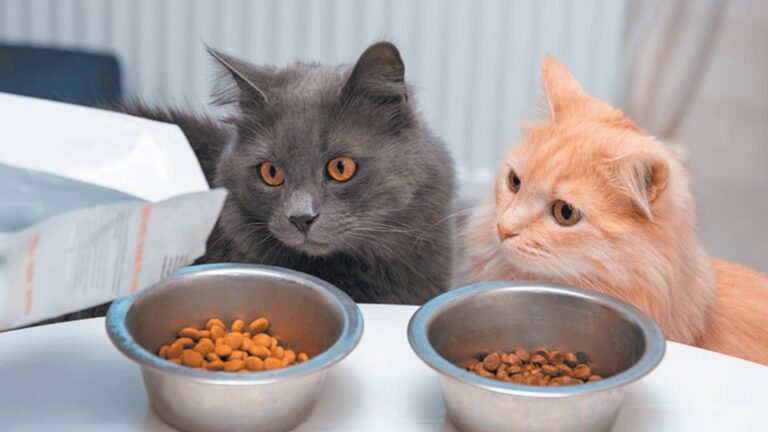Rottweiler Or Pit Bull? 12 Personality Traits That Will Make Your Choice Easier

Choosing between a Rottweiler and a Pit Bull can feel overwhelming for potential dog owners. Both breeds have distinct personalities that might match your lifestyle better than the other.
Understanding their unique traits helps you make an informed decision that ensures both you and your future furry friend will be happy together.
Let’s explore the key personality differences that will guide you toward the perfect canine companion.
1. Energy Levels That Define Daily Life
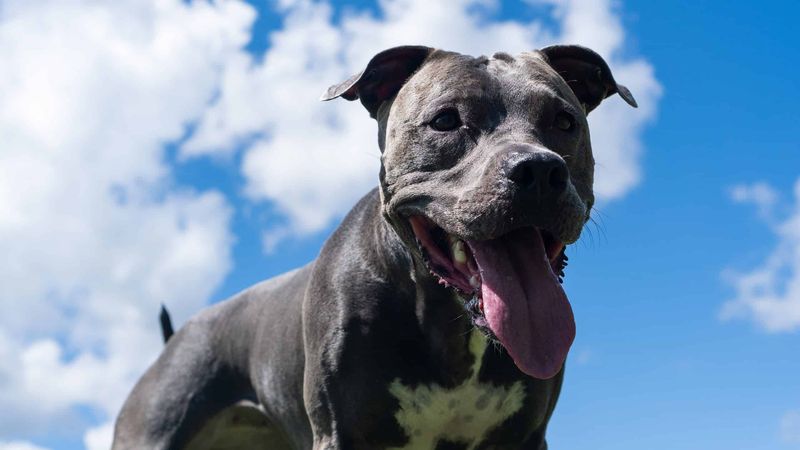
Pit Bulls bounce with seemingly endless energy, requiring multiple play sessions and daily exercise to stay balanced. They’ll happily join you for morning jogs, afternoon fetch games, and evening walks – still looking for more!
Rottweilers, while certainly active, tend to have more moderate energy with clear on/off switches. They enjoy good exercise but also appreciate quiet time lounging around the house.
Your lifestyle should match your dog’s natural energy – an apartment dweller might struggle with a perpetually active Pit Bull, while someone seeking a running buddy might find a Rottie’s endurance limiting.
2. Loyalty Bonds That Last Forever

Rottweilers form intensely devoted connections with their families, often choosing one person as their special human. This ancient guardian instinct runs deep – they’ll position themselves between you and perceived threats without hesitation.
Pit Bulls shower their entire family with affection rather than focusing on one person. Their loyalty manifests as boundless enthusiasm whenever you return home, even if you’ve only been gone five minutes!
Both breeds will defend their loved ones, but Rotties tend to be more naturally protective while Pits are typically more universally friendly once they know you’re part of their circle.
3. Training Receptiveness Varies Widely
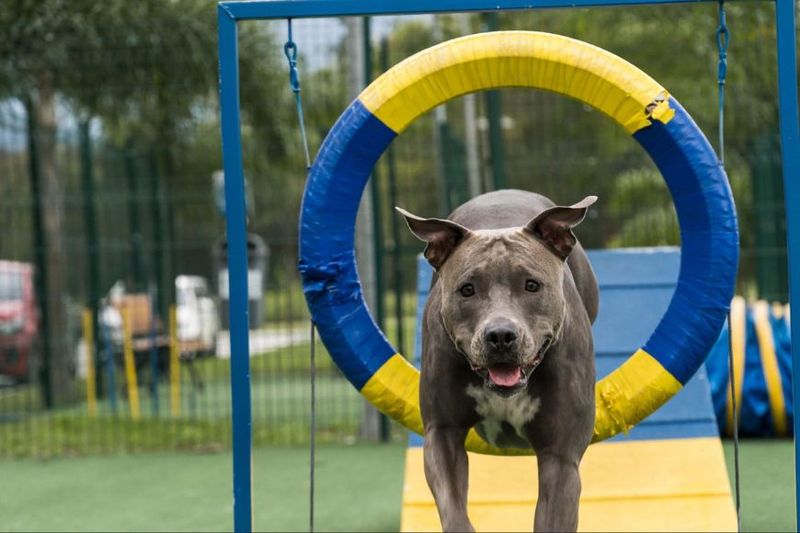
Rottweilers approach training with a methodical intelligence that makes them excellent students. They analyze commands, considering whether they make sense before following through – sometimes appearing stubborn when they’re actually processing information.
Pit Bulls learn through enthusiasm and positive reinforcement. Their eager-to-please nature makes basic training straightforward, though their excitement can sometimes interrupt focus.
A Rottie might need convincing that a command is worthwhile, while a Pittie might need help calming down enough to concentrate. Both respond poorly to harsh methods – positive, consistent training yields the best results with either breed.
4. Family Compatibility Reveals True Nature
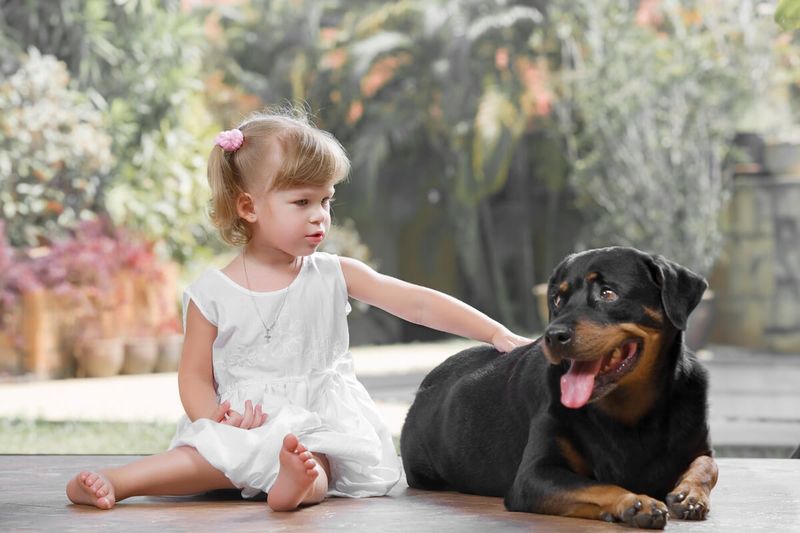
Properly socialized Rottweilers become vigilant yet gentle guardians around children. They naturally monitor family activities with a watchful eye, stepping in if rough play seems unsafe – acting almost like furry nannies!
Well-raised Pit Bulls typically adore children, matching their playful energy and tolerating the occasional ear tug or clumsy pat. Their patience can be remarkable, though their enthusiasm sometimes knocks smaller kids over.
Both breeds require early socialization with children and supervision during interactions. Neither deserves their occasional bad reputation – individual temperament and proper training matter more than breed stereotypes when considering family compatibility.
5. Playfulness Shows Different Personalities
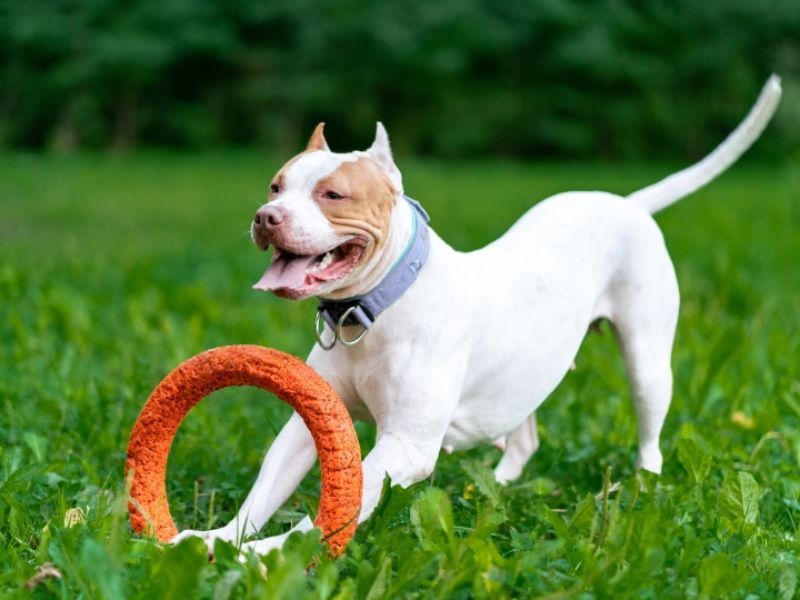
Pit Bulls bring playground energy to playtime, often continuing until they literally collapse from exhaustion. They invent games, toss toys to themselves, and perform acrobatic moves that showcase their athletic abilities and zest for life.
Rottweilers approach play with more structure and purpose. They enjoy interactive games with rules, like fetch or tug-of-war, and know when playtime begins and ends.
Watch a Pittie zoom around the yard in joyful circles while a Rottie methodically retrieves and returns a ball. These different play styles reveal much about each breed’s approach to life – spontaneous enthusiasm versus purposeful engagement.
6. Stranger Reactions Tell Different Stories

Rottweilers typically maintain a reserved, watchful attitude toward newcomers. They don’t immediately welcome strangers into their circle, preferring to observe first and warm up gradually once they determine someone is trustworthy.
Many Pit Bulls greet strangers as potential new best friends, offering enthusiastic welcomes complete with wiggly bodies and sometimes even happy jumps. Their natural openness can surprise people expecting a more guarded reaction.
These different approaches reflect their histories – Rotties as protective guardians and Pitties as people-oriented companions. If you entertain frequently, consider whether you prefer a cautious watchdog or a social butterfly greeting your guests.
7. Noise Levels Affect Home Atmosphere

Rottweilers tend toward quieter communication, barking with purpose rather than frequency. When a Rottie speaks up, something genuinely requires attention – making them excellent apartment dogs despite their size.
Pit Bulls vocalize their feelings more freely, from happy grunts to playful barks. They’ll “talk” to you with an array of amusing sounds that express their emotions and desires.
Neither breed howls regularly like hounds, but their different communication styles matter when considering your living situation. Noise-sensitive neighbors might appreciate a Rottweiler’s restraint, while those charmed by doggy conversations might enjoy a Pittie’s expressive nature.
8. Independence Levels Shape Daily Interactions
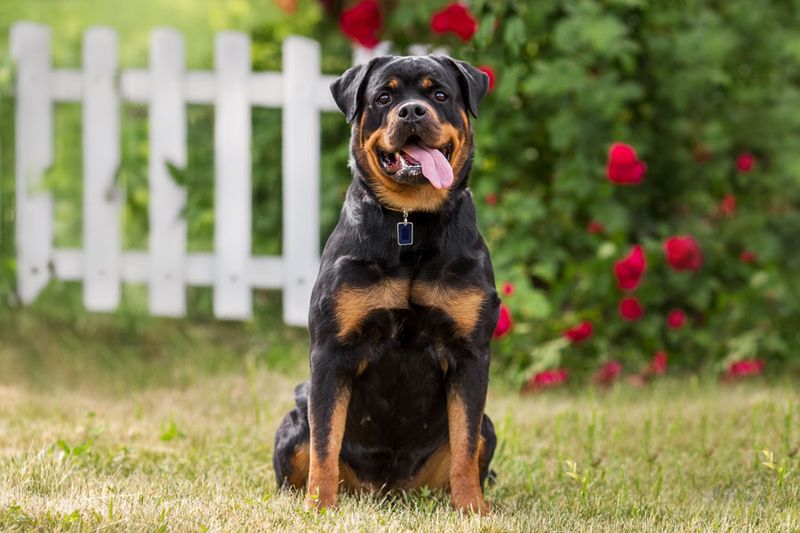
Rottweilers balance independence with attachment beautifully. They’ll happily lounge nearby while you work, not demanding constant attention but maintaining a watchful presence – the perfect blend of companionship without neediness.
Pit Bulls often prefer being right in your business, following from room to room and finding creative ways to maintain physical contact. Their velcro-dog tendencies mean you’ll rarely use the bathroom alone again!
Consider your need for personal space when choosing between these breeds. If constant shadowing makes you feel claustrophobic, a Rottie’s respectful distance might suit better than a Pittie’s perpetual cuddles and attention-seeking behaviors.
9. Adaptability To Living Situations
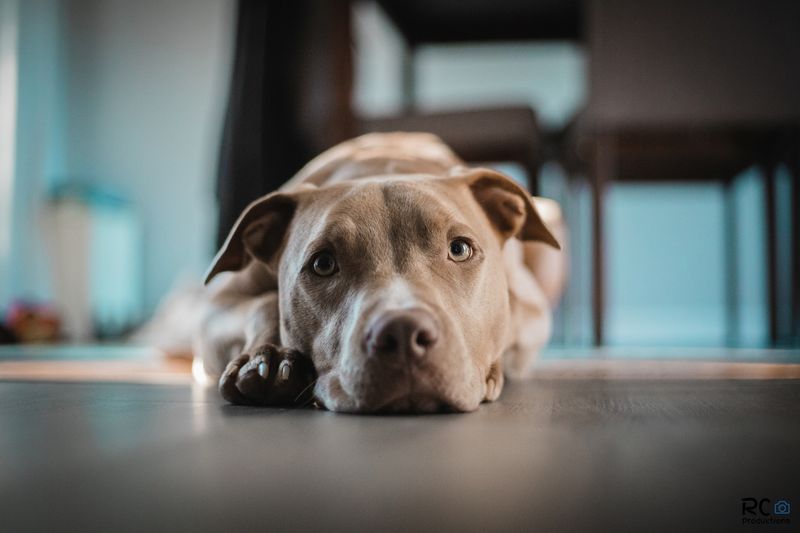
Rottweilers adjust well to various living arrangements once their exercise needs are met. Their naturally calm indoor demeanor makes them surprisingly suitable for apartments despite their size – they’re not bouncing off walls or pacing restlessly.
Pit Bulls can struggle in confined spaces without proper outlets for their energy. Their athletic builds demand room to stretch out and play, though they certainly enjoy couch time after sufficient exercise.
Both breeds can thrive in different environments with the right accommodations. A Rottie might contentedly live in a city apartment with daily walks, while a Pit Bull might need a fenced yard or frequent dog park visits to truly flourish.
10. Intelligence Manifests In Different Ways

Rottweilers possess remarkable problem-solving intelligence, figuring out everything from puzzle toys to door latches with methodical thinking. Their working-breed heritage gives them a thoughtful approach to challenges.
Pit Bulls showcase emotional intelligence, reading human feelings with uncanny accuracy. They sense when you’re sad and offer comfort or match your excitement when you’re happy.
Both breeds are smart, but in complementary ways. A Rottie might figure out how to open the treat cabinet while a Pittie intuitively knows exactly when you need a comforting paw on your knee. Consider which type of canine intelligence would better enrich your life.
11. Weather Tolerance Affects Outdoor Activities

Rottweilers thrive in cooler temperatures with their dense double coats protecting against cold. They’ll happily romp through snow and seem energized by crisp autumn days, but can quickly overheat in summer months.
Pit Bulls with their short, single-layer coats shiver in cold weather but handle moderate heat better than Rotties. Many will refuse to go outside in rain or snow without considerable coaxing!
Your local climate should influence your breed choice. Northern dwellers might appreciate a cold-tolerant Rottweiler, while southern families might find a Pit Bull’s heat tolerance more practical for year-round outdoor activities.
12. Other Pet Compatibility Considerations
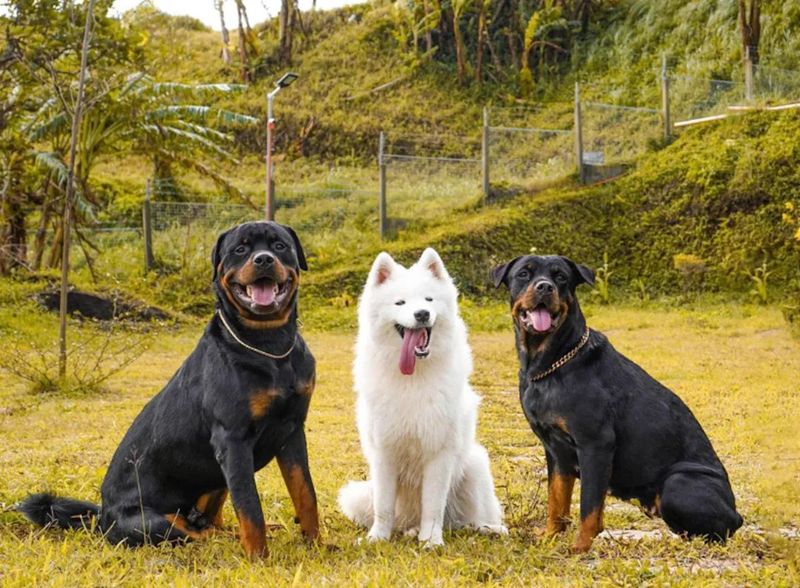
Rottweilers raised with other animals typically develop protective attitudes toward the entire household, including furry members. Their herding background sometimes emerges as they try organizing cats or smaller dogs into proper formation!
Pit Bulls have varying compatibility with other pets based on individual temperament and early socialization. Some become best friends with cats while others maintain high prey drives that make multi-pet households challenging.
Neither breed should be judged solely on reputation. Many Rotties live harmoniously with small animals, and many Pitties make excellent companions for other pets. Early introduction, proper training, and supervision set the foundation for successful multi-pet homes with either breed.





